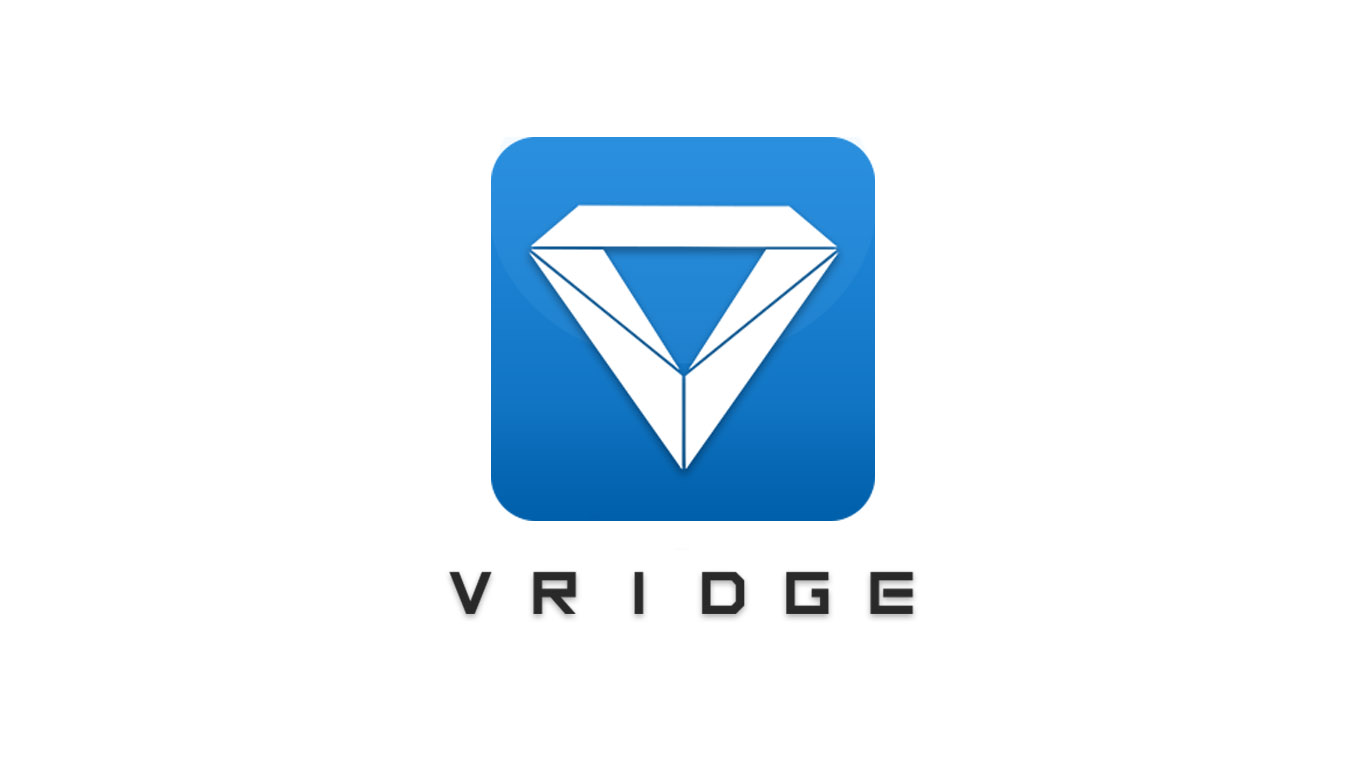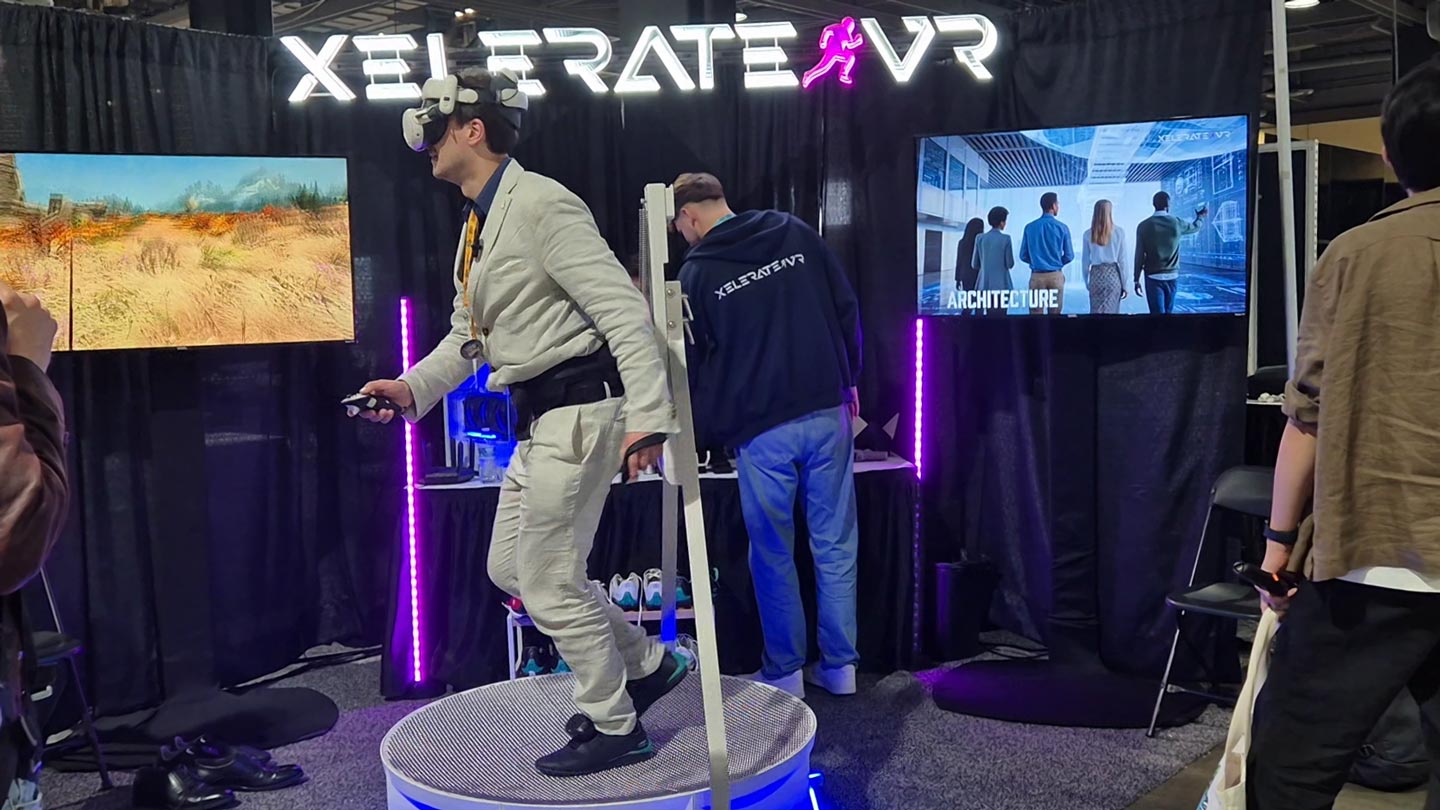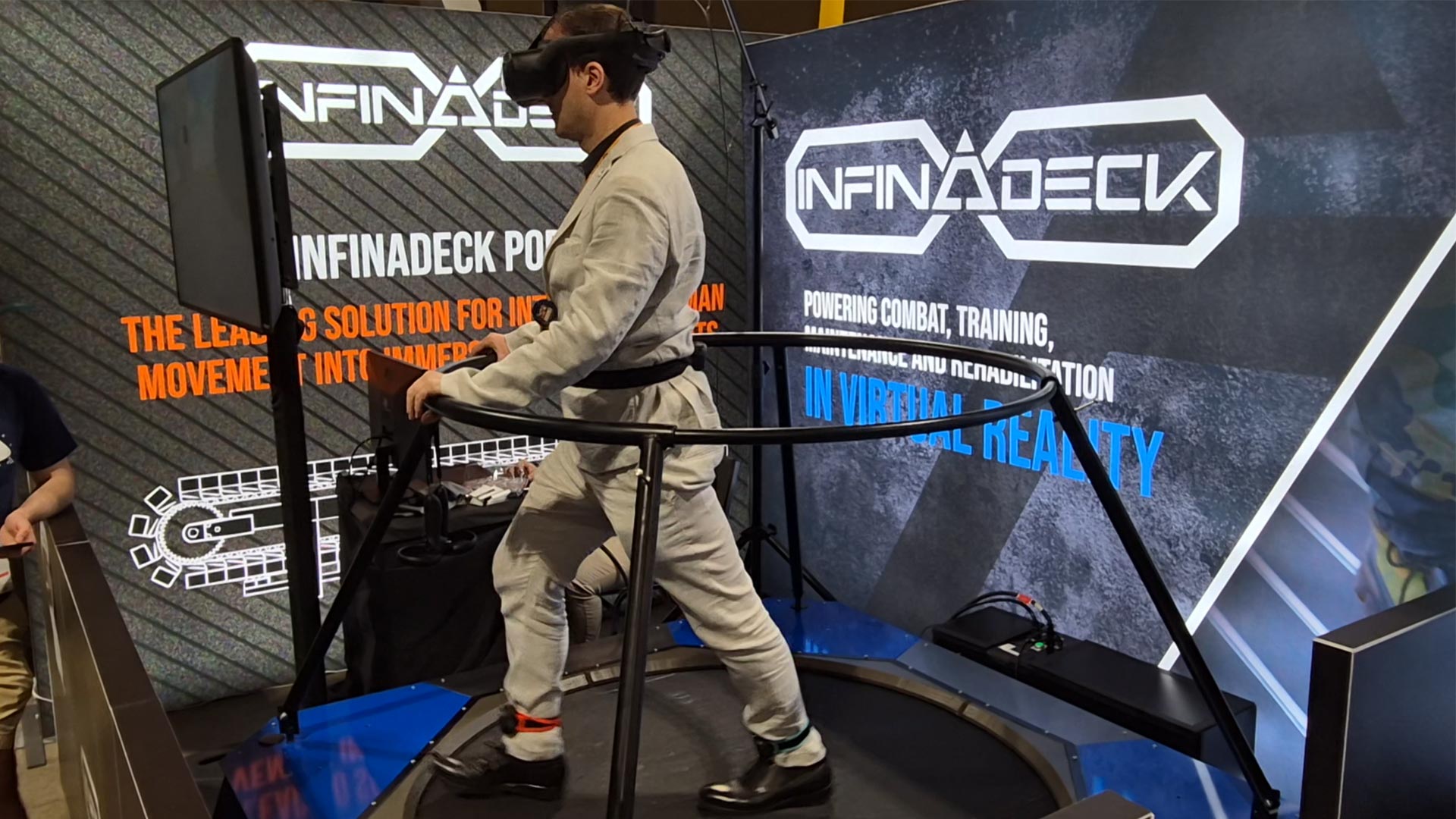VRidge 2.0 review: play SteamVR games with your Cardboard or Gear VR!
Today Riftcat is officially releasing VRidge 2.0, the new version of the popular software to play SteamVR games on your cheap Cardboard headset. Let’s see what are the new features and what have been my first impressions with it!
First of all, you may wonder what is Riftcat VRidge. I’ve talked about it on one of the first posts on my blog and you can read my description here. Basically, it is a solution to let you use your cheap Cardboard or your Gear VR headset to play PC SteamVR games. The solution is comprised of two parts: a desktop application and a mobile application. What you have to do is installing and launching both apps (notice that on GearVR the app should be installed through SideloadVR): if both your devices (PC and smartphone) are connected to the same Wi-fi network, the two apps will start communicating. After that, some Polish magic will let your SteamVR runtime detect your mobile VR headset as a headset tethered to your PC (so, like an HTC Vive, for instance). You will then be able to play any kind of SteamVR game launching it on your PC and then playing it with your phone: the desktop app will make sure that the game content will be streamed to your mobile headset. Since a mobile headset is only 3 DOF and can’t offer you, controllers, VRidge works also with other hardware devices that can offer you additional features: for instance, it can be integrated with Kinect (RIP) to have positional tracking and also with Nolo VR to have both positional tracking and 6 DOF VR controllers.
Of course the experience can’t be the same as a tethered headset and not even the same of a headset connected to a hardware streaming solution (like TPCAST or Vive Wireless Adapter), but since it lets you play SteamVR games using a non-top-notch PC and a very cheap headset, it is a great entry point solution for VR… especially if you can’t afford to buy a tethered device.
Version 1 was already awesome and has been downloaded by more than 200.000 users (yes, you read it right!) and today the epic guys of Riftcat (apart from their technical skills, they’re also very kind, so double kudos to them) have released a version 2 or VRidge.
What are the features of this new release? They have been announced in a blog post of theirs and basically are:
- A completely new re-designed user interface;
- The ability to change the quality of the stream during the gaming session;
- The ability to mute/unmute the stream during the gaming session;
- The possibility to play the games even if you’re not registered;
- Improved stability;
- Support for additional integrations;
- Moonlight support;
- Multi-language support;
- Various fixes and minor stuff.

The most important thing is that the whole code base has been rewritten from scratch (I imagine that the devs have had a lot of headaches in the past months), so that to enable even more future features, like the integration with more hand controllers or a better optimization of the streaming. Regarding the “support for additional integrations”, I know that Riftcat has in mind really awesome things… but I can’t tell you nothing or they’ll kill me. For sure you’ll discover that in the upcoming times… the only thing I can tell you is that the project is very ambitious and that they want to make it really powerful by opening it to a lot of external devices.
Of course, I wouldn’t write an article about it without a little hands-on session with it. So, I tried today the beta of VRidge 2.0 and I’m going to report you my first impressions.
The new user interface is just awesome. The Gear VR/Cardboard app is completely renewed and now offers a good graphical experience: if you tried the old version, you know that during the connection stage you could just see a white quad with the writing “Waiting for connection”… it seemed something made in 5 minutes within Unity. Now you see a 3D environment with a floor and some fireworks popping out, while an elegant writing informs you on the connection status of the device. The desktop app has a design less “funny” than before, but it is surely more elegant and effective: the interface is cleaner and goes straight to the point. Furthermore, the dominant colors are now blue and white… and I love blue.

The connection happens in a similar way as before, but when you enter the app, everything is completely changed. First of all, now the only supported gaming platform is SteamVR: in the original version I tried more than a year ago, there was also support for Oculus (but it didn’t work well) and for a Riftcat software platform (but now all devs publish on SteamVR or Oculus Store). Now you have clear that only one platform, that is SteamVR, works and that works well. That’s a great step further for clarity. Launching SteamVR is very easy by clicking the “Play” button on the upper left corner of the app. In that moment, SteamVR will be launched, detecting your phone as a compatible headset and you will be able to play any game that you like.

VRidge is free with a big limitation: you can play your games only for a short limited time for each session (10 minutes). To play again, you have to start a new session by closing the related apps on PC and smartphone. If you want to remove this time limitation, you have to purchase the full version that costs €15/$15 (one-time payment). So, basically, with the free version you’re only able to see if you like this solution: to really be able to play VR games, you have to buy the full version.
In the previous version there were two problems:
- You couldn’t try VRidge without registering;
- You had no clear idea of the time remaining during current session.
The new version solves both problems: you’re now able to play 5 minutes gaming session even if you’re not registered (I’ve tried it and it works like a charm) and you have additional 5 minutes in the free version if you register. So, if you don’t register, you can play for 5 minutes for session; if you register, you can play for 10 minutes; if you buy the full version, you can play forever. That’s a great feature since now everyone can have a taste of this solution.
Regarding the time remaining, now the upper part of the UI shows you clearly how much time you have left in current session and that’s very handy.

When the streaming starts, the app automatically opens a dialog that lets you decide the streaming quality and if you want to also stream audio. Of course, the higher the streaming quality, the more visually appealing will be the experience, but you may also experience more lag. So the idea is that you launch a VR game and then you tune this parameter so that to have the best compromise possible between quality and speed. Of course, streaming is a lot demanding and Riftcat recommends to have a 5GHz Wi-fi network for everything to work fine: with the right setup, they claim that the lag should be of only 1-2 frame wrt the standard desktop experience.
My tests with VRidge v2 have not been much positive: first of all the phone kept disconnecting continuously, both on GearVR and Cardboard and both via Wi-Fi and USB. The streaming worked for a little amount of time and then disconnected and the app continued asking me if the phone he found was really my phone. The pop-up “Is this your phone?” has come out so many times that in the end, my finger started bleeding by the continuous clicks on the “Yes” button. In the end, I started screaming “Yes, this is my f**ing phone!”, but showing dominance this way has not helped in the recognition. When the tracking worked, it lagged during head rotations and was also very glitchy: I continuously saw artifacts caused by the streaming. I surely can’t say that my experience has been good. If I hadn’t try VRidge v1, I would say that I don’t like this product. But I’ve tried the previous version and it worked well, so I think that all the issues I’m having are all due to the current beta stage of VRidge v2. The devs themselves say that at this moment the app can have issues because there are a lot of possible configurations to take in count (different PCs, Wi-fi settings, Android phones, etc…) and encourage people like me that are having issues in reporting them. So, I have faith that things will become better than v1, but I have to warn you that if you download the program today, you may have issues with your particular configuration.
The other problem that I have experienced is that I have not a Nolo VR set, so I had only the ability to test 3 DOF experiences that require no controllers. But while one year and a half ago there were some experience available in this sense (because, for instance, the Rift had still not the Touch controllers), nowadays most of the experiences on SteamVR expect that you have a headset with two controllers. So, using VRidge without a way to emulate your controllers is maybe good only to watch 360 videos or something like that.
During the stream, I’ve tested the slider and it works good, so this feature has my seal of approval. Also, the options section is rich and let you also change things like the language, the quality of the streaming and also the IPD of your headset. It is better than v1 version, I liked it.

Regarding the features they added, I’ve just two more things to mention:
- Multilanguage support currently works only with English and Polish. I hope that in the future they will add some other widespread languages as Spanish and Chinese;
- I’ve not tested the Moonlight integration, but I found it awesome that they decided to add that. I didn’t know that, but Moonlight, apart from being a thing that you can’t fight in a popular song by LeAnn Rhymes, is a solution by NVIDIA to stream games from your PC to your phone. It is obviously super-optimized and it works in an awesome way. The fact that you can use NVIDIA’s streaming solution inside Riftcat is a guarantee that you can have very high streaming performances. Integration with Moonlight doesn’t work out of the box and there are some additional steps that you can read on Riftcat blog, but it is surely promising.
My final impression on Riftcat VRidge v2 is that it has an amazing potential. Currently, it has some bugs, but I think that once they will have fixed it, this second version will be far superior to the first one. The changes on the interface and the new open features are two great leaps for this solution, that aims to become leader in this sector (even if competitors like TrinusVR and even Zeiss are there ready to fight with it). And I love it since it offers a cheap entry point for VR for everyone.
I advise you to give it a try: if you are interested in it, you can find it directly on Riftcat website and test it by yourself. And don’t forget to let me know your impressions by contacting me on my social media channels or on the comment section below here!
(Header image by Riftcat)
Disclaimer: this blog contains advertisement and affiliate links to sustain itself. If you click on an affiliate link, I'll be very happy because I'll earn a small commission on your purchase. You can find my boring full disclosure here.




I have a Nolo and it doesn’t seem to work without their drivers running.
I have not a Nolo, so I can’t tell about my first-hand experience. They said that Nolo should work with this version… doesn’t it work well?
Nice commercial